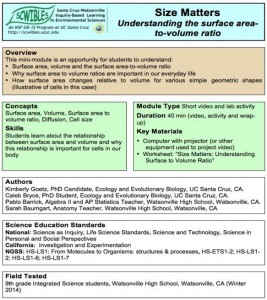 Understanding the Surface Area-to-Volume Ratio
Understanding the Surface Area-to-Volume Ratio
by Caleb Bryce, Kimberly Goetz, Pablo Barrick and Sarah Baumgart
The surface area-to-volume relationship is important for the function of both living things (ex: lung anatomy, tree roots, cell size, brain vascularization) and many human-made objects (ex: car radiators, air conditioning units). By understanding that surface area increases at a slower rate than volume as objects get larger, students can appreciate: why small cell size is advantageous; why plants benefit from a branched network of stems, leaves and roots; and why a variety of everyday objects are shaped and sized the way they are.
In this module, students learn: 1) About the relationship between surface area and volume, 2) Why this relationship is important for cells in our body.
Docs: fulltext.docx presentation.pptx worksheet.docx worksheetkey.docx
Keywords: HS-ETS1.B, HS-LS1, HS-LS1.B, HS-LS1.F, HS-LS1.G, surface area, volume

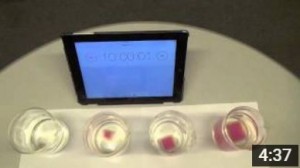
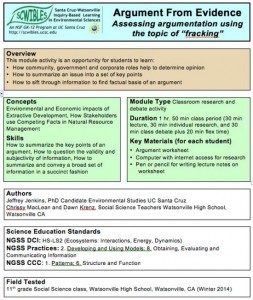

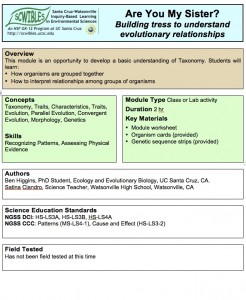


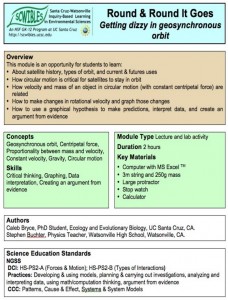
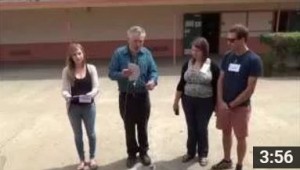
 Tools for Uncovering the Human Geography of Pollution
Tools for Uncovering the Human Geography of Pollution The Impact of Slope and Substrate on Water Flow Speed
The Impact of Slope and Substrate on Water Flow Speed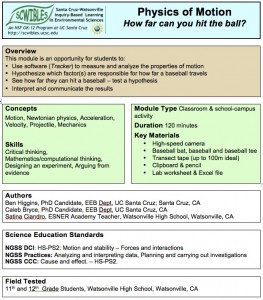
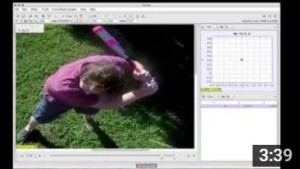
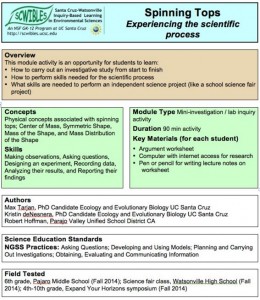
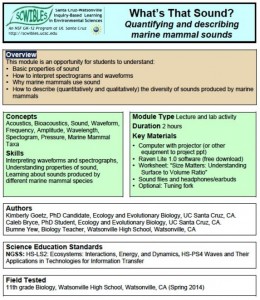
 Exploring Trends Across the Periodic Table
Exploring Trends Across the Periodic Table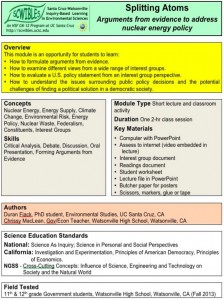 Arguments From Evidence to Address Nuclear Energy Policy
Arguments From Evidence to Address Nuclear Energy Policy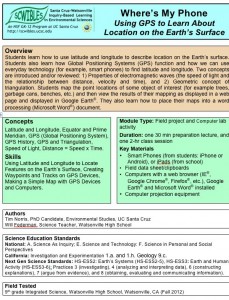
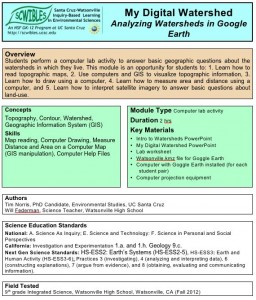
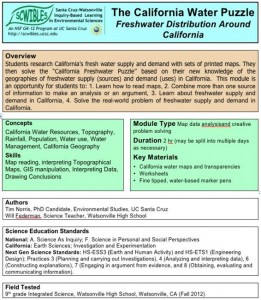 Freshwater Distribution Around California
Freshwater Distribution Around California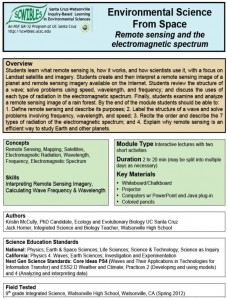


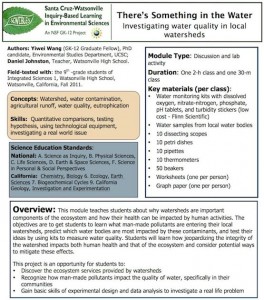
 Rock cycle and igneous rock formation
Rock cycle and igneous rock formation Scientific Drawing
Scientific Drawing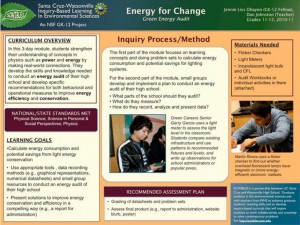 Green Energy Audit
Green Energy Audit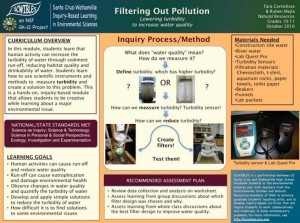 Lowering Turbidity to Increase Water Quality
Lowering Turbidity to Increase Water Quality